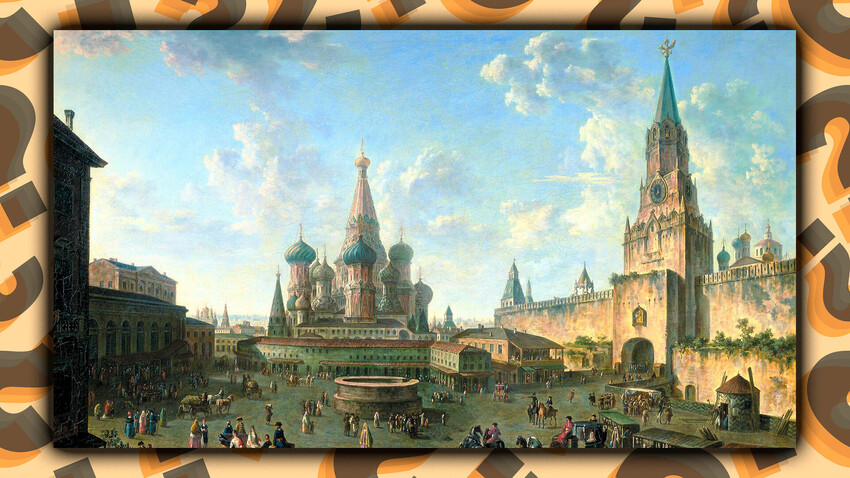
Red Square in Moscow, 1801, by Fedor Alekseev
Public DomainMoscow was already a fortress and trading hub in the 12th century, thanks to its location – relatively close to Volga, the main trading and transport artery of Russia in the Middle Ages. The lands of the North-Eastern Russia, including Moscow, Vladimir, Suzdal, were relatively unharmed during the Mongol-Tatar invasion, which crushed the Kievan Rus’ and the duchies of Southern Russia. This is why, after the 13th century, Moscow became stronger and stronger. In the 14th century, the Moscow princes managed to surpass all other Rurikid princes and become Grand Princes of Vladimir and Moscow.
Prince Dmitry Donskoy, who defeated the Tatars in the Battle of Kulikovo, was a Moscow prince. In 1389, Vladimir, the town that was considered the “main” Russian city, was assigned to the princes of Moscow as their hereditary property. From then on, Moscow was considered the main city of the Russian land. When the Russian land became independent from the Golden Horde in the 15th century, the Moscow princes became its rulers and when, in 1547, Ivan the Terrible was crowned as a tsar, the state was named the Moscow Tsardom.
If using any of Russia Beyond's content, partly or in full, always provide an active hyperlink to the original material.
Subscribe
to our newsletter!
Get the week's best stories straight to your inbox